Five keys to crafting successful painting programs
Five keys to crafting successful painting programs
Designing and implementing a painting program can be a daunting task. Many owners and facility managers are unsure of even the first steps to take. In this post, we focus on some essential aspects of a successful painting program and offer advice for how to proceed with each.

Specification
Identifying and prioritizing the work to be done is the first step. Next, clearly describe the scope of work in a specification document. This description should address the following: staging, surface preparation, application, clean-up and quality control documents.
The document should also list any special circumstances, such as testing old paint for heavy-metal content and testing the interior surfaces for chlorides prior to the application of a new lining system. Because this first step determines so much of the project’s success, contacting a NACE-certified professional for coating inspection services is a good idea.
Contractor Selection
Basing the selection of a contractor entirely on “lowest price” bid is risky business. Many times, what starts out to be a low price quickly balloons with extra charges and delays in completion. Consider the following factors when choosing a contractor:
• Expertise- Does the contractor have experience with this type of work? One contractor might be fine for painting piping, but does not have the necessary experience for interior tank linings.
• Management- The estimator in the office may be very knowledgeable, but how does that translate to field-level management?
• Equipment- Is the technology up to date and are workers comfortable using it? Equipment that is in disrepair has the potential to cause delays in the field.
• Manpower- Is it sufficient to complete the project, or will the contractor be scrambling to make new hires?
• Product knowledge- Are the contractor and his workers familiar with the coatings that are specified for the job? Do they have an understanding of the latest coatings technologies?
• Relationship- How well do the owner and contractor work together?
Coating Selection
Many of the coatings available today can appear quite similar. It’s often difficult to distinguish a quality coating from an average one simply by reading the data sheets.
Unfortunately, many manufacturers are more interested in quantity than quality. Even leading manufacturers are leaving the research and development up to someone else, choosing to duplicate or “knock-off” the formula of an existing coating. Often these reformulations are made with inferior resins and cheaper fillers and extenders. The result is a coating that looks similar to another, but with different performance standards.
In most cases, it’s best for the owner or manager to rely on an expert that they trust. This coating expert should be knowledgeable in all aspects of the industry and be able to provide options and expected results for each of these options. It’s usually best if the owner relies on this expert to write, or at least assist in writing, the project specification.
Inspection
Inspection is a very important component of the success of any coating project.
Quality, thorough inspection of a contractor’s work can be the difference between a service life of few years or many.
Whether the inspection is done in-house or by a third-party, ensuring the job adheres to the standards of the specification is the ultimate goal. In some instances, the contractor provides his own inspector to maintain a daily log, but the owner should always have a quality control backup to verify the readings. Much like the selection of the contractor, the selection of an inspector should be based on knowledge, experience, availability and cost.
Cost
Cost is something that should be discussed at the beginning of a project. If there are multiple ways to approach the job, then budget numbers should factor into decision-making.
The owner may want the longest lasting paint job available but lack the room in the budget for that option. In order to get the highest quality job, the work may need to be spread out over a longer period of time.
In the end, an owner should have three questions for every option offered by a contractor: How much corrosion protection, for how long and at what cost?
We’re here to help
Crafting a painting program can be an expensive step in its own right. Or you can reach out to us. We’ll talk you through the process and even pay your site a visit, all as a part of our free consulting services.
When you’re ready to get started formulating a plan for your facility or assets, get in touch. We have the experience to take the guesswork out of your project.




